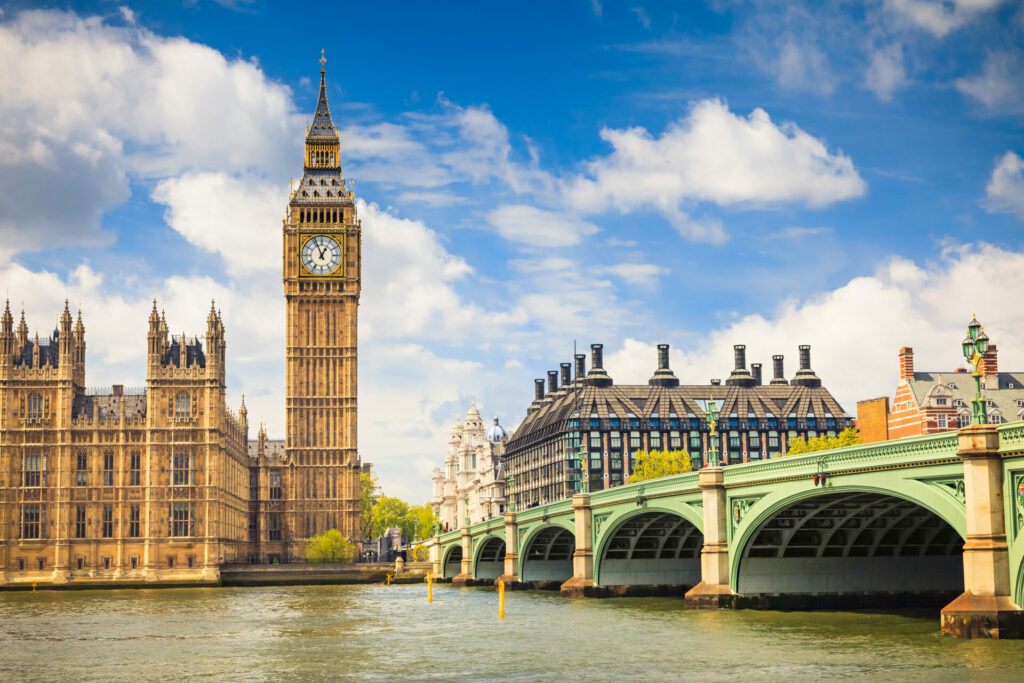Trucks carrying desperately needed humanitarian aid for the Gaza Strip have rolled across a newly built pier and into the besieged enclave for the first time.
The shipments, including supplies from the UAE, US and UK is the first in an operation that officials anticipate could scale up to 150 truckloads a day – but aid organisations warn it still won’t be enough to address shortages of food and other vital supplies.
During a briefing at the US White House, National Security Council spokesman John Kirby said more than 300 pallets of aid were in the initial delivery and handed over to the UN, which was preparing it for distribution.
However, the US, UN and aid groups warn that the floating pier project known as Trident, is not a substitute for land deliveries that could bring in all the food, water and fuel needed in Gaza.

‘With more than two million people throughout Gaza in dire need of food, shelter, medicine, and other assistance, it is vital that the international donor community maximise all available means to get aid to people in need,’ said Samantha Power, head of the US Agency for International Development (USAid).
‘In the past two weeks, food and fuel entering Gaza has slowed to dangerously low levels – barely 100 trucks of aid a day entered Gaza, far less than the 600 needed every day to address the threat of famine. Much more must be done to save lives and alleviate the widespread suffering.
‘The pier that opened today does not replace or substitute for land crossings into Gaza, every one of which needs to operate at maximum capacity and efficiency. Every moment that a crossing is not open, that trucks are not moving, or where aid cannot safely be distributed, increases the terrible human costs of this conflict.’
Before the war, more than 500 truckloads entered the Palestinian territory on an average day.
Aid agencies say they are running out of food in southern Gaza, while the UN World Food Program (WFP) says famine has already taken hold in Gaza’s north.
Gaza Aid Sea Route
The aid for the sea route is collected and inspected in Cyprus, then loaded onto ships and taken about 320 kilometers to the large floating pier off the Gaza coast. There, the pallets are transferred onto the trucks that then drive onto military boats, which shuttle the trucks from the pier to a floating causeway anchored to the beach.
The WFP said aid had that come through the pier had been transported to its warehouses in Deir al-Balah and was ready for collection and distribution.

The UK Government said some of its aid for Gaza was in the first shipment that went ashore, including the first of 8,400 kits to provide temporary shelter made of plastic sheeting. And it said more aid, including 2,000 additional shelter kits, 900 tents, five forklift trucks and 9,200 hygiene kits, will follow in the coming weeks.
British Prime Minister Rishi Sunak praised what he called a ‘Herclean international’ project – but called for the reopening of land routes.
He said: ‘We know the maritime route is not the only answer. We need to see more land routes open, including via the Rafah crossing, to ensure much more aid gets safely to civilians in desperate need of help.’
Since October, Israel’s military has targeted aid workers’ convoys and facilities in Gaza on at least eight occasions. Human Rights Watch reports that none of the aid organisations received warnings before these attacks
Last Monday, a foreign United Nations staff member was killed in eastern Rafah when their vehicle was fired upon. Last month, an Israeli strike on a World Central Kitchen convoy resulted in the deaths of seven aid workers









